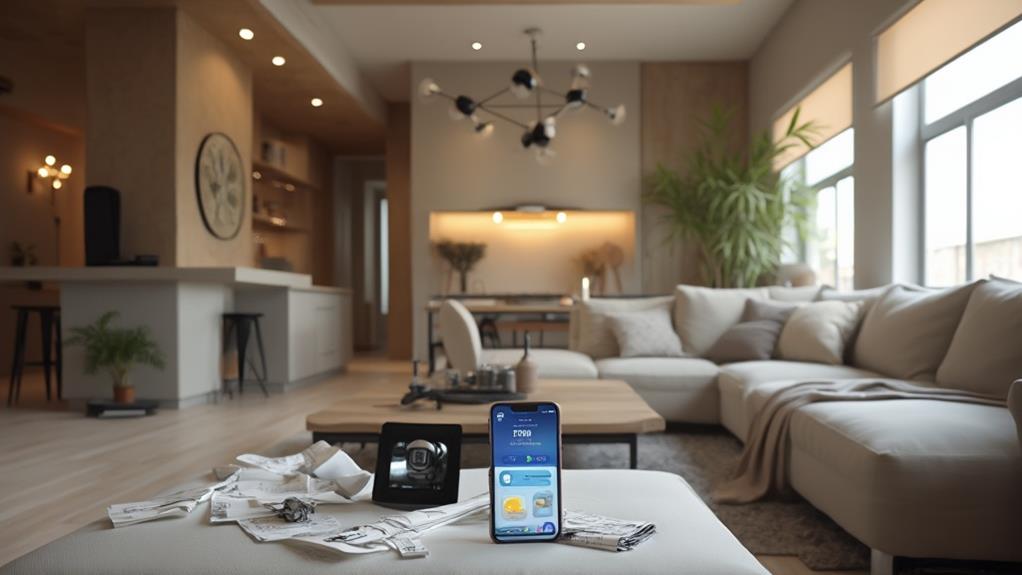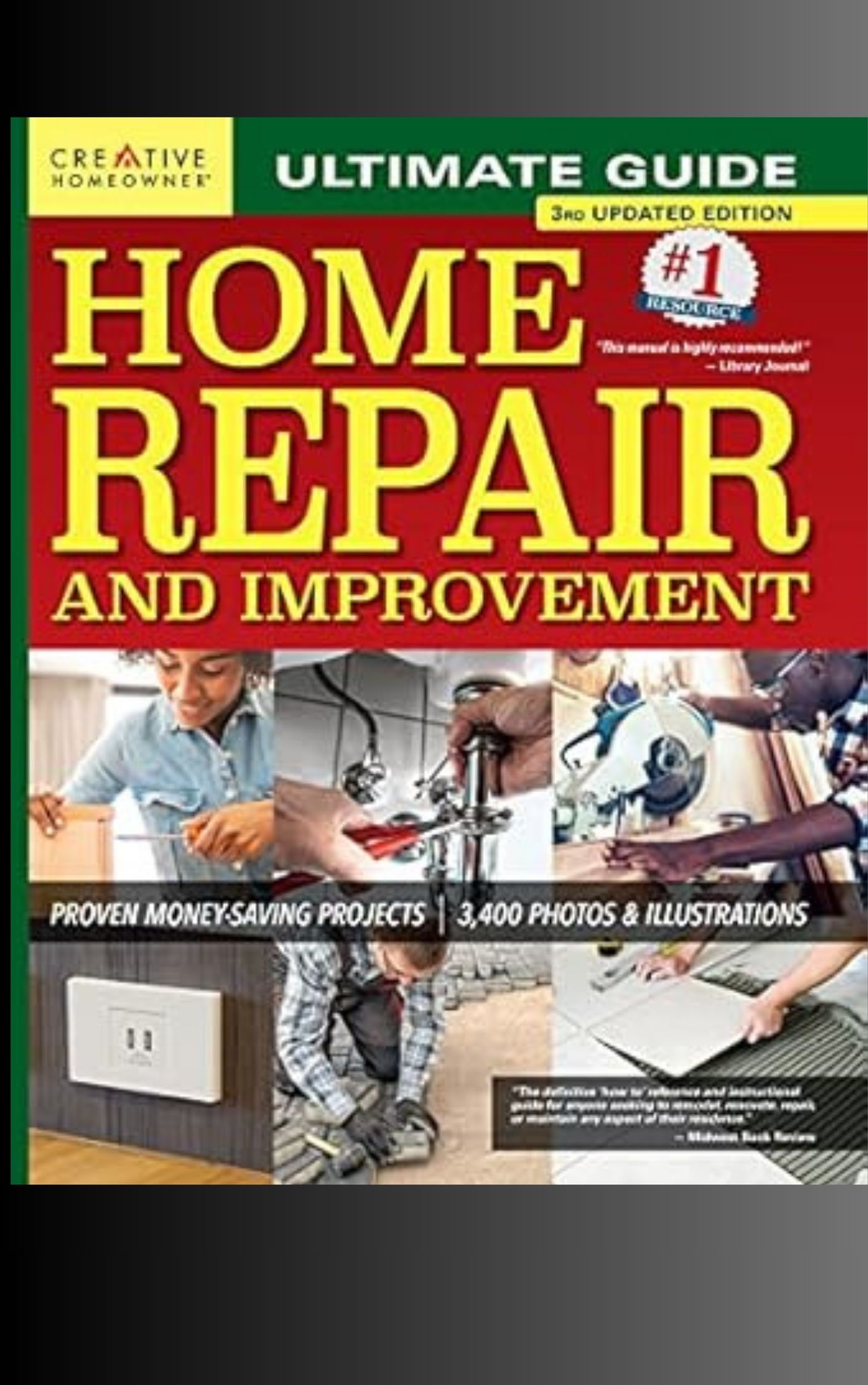Budgeting for smart home technology in a renovation requires careful assessment of your needs and lifestyle. Start by prioritizing features that align with your goals, such as energy efficiency or security. Consider popular technologies like smart thermostats, lighting systems, and security cameras. Costs can range from $25 for basic devices to thousands for premium appliances. Factor in installation expenses, potential energy savings, and long-term ROI. Choose devices compatible with existing infrastructure to minimize costs. Remember to allocate funds for future upgrades and maintenance. By planning strategically, you can create a smart home that enhances comfort and efficiency while staying within budget constraints. The following sections offer deeper insights into maximizing your smart home investment.
Assessing Your Smart Home Needs
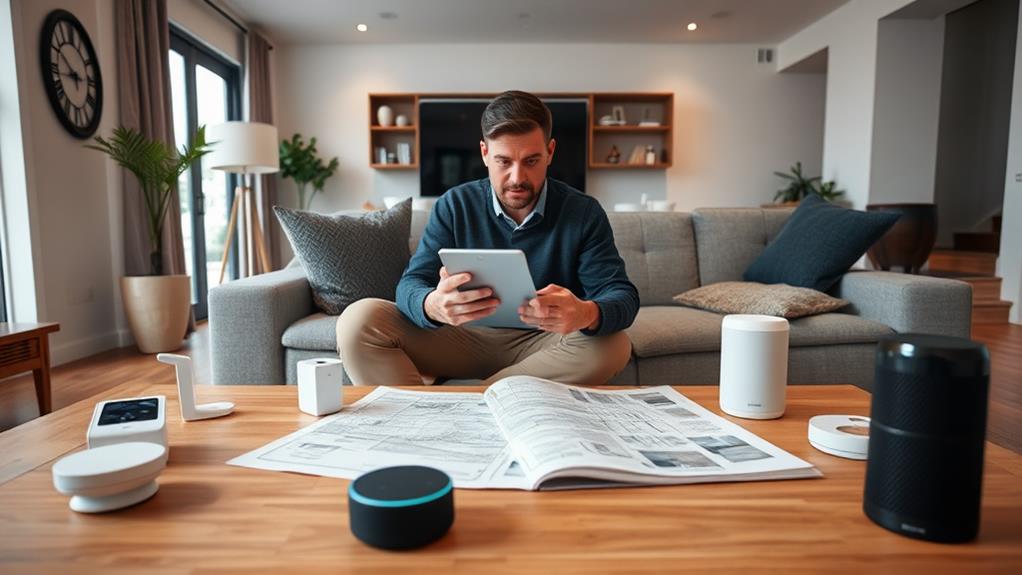
Before diving into smart home technology purchases, a thorough assessment of your household's specific needs and goals is crucial. Consider the daily routines, pain points, and areas where automation could significantly improve efficiency or comfort. Evaluate which rooms or functions would benefit most from smart technology integration, such as lighting, heating, security, or entertainment systems.
Prioritize features that align with your lifestyle and long-term objectives. For instance, if energy conservation is a priority, focus on smart thermostats and automated lighting controls. If security is paramount, invest in comprehensive surveillance and smart lock systems. For those seeking convenience, voice-controlled assistants and smart appliances may take precedence.
Consider the compatibility of different smart devices and platforms to ensure seamless integration. Research various ecosystems like Apple HomeKit, Google Home, or Amazon Alexa to determine which best suits your needs. Additionally, assess your home's existing infrastructure, including Wi-Fi coverage and electrical systems, to identify any necessary upgrades. By carefully evaluating your requirements, you can create a tailored smart home plan that maximizes value and functionality while staying within budget constraints.
Popular Smart Home Technologies
What are the most sought-after smart home technologies in today's market? Smart speakers and voice assistants like Amazon Alexa and Google Home have become ubiquitous, serving as central hubs for controlling various smart devices.
Smart thermostats, such as Nest and Ecobee, offer energy-efficient climate control and learning capabilities. Security systems with smart cameras, doorbell cameras, and smart locks provide enhanced home protection and remote monitoring.
Smart lighting systems, including Philips Hue and LIFX, allow for customizable ambiance and energy savings. Smart plugs and switches enable control of traditional appliances through mobile apps or voice commands. Automated window treatments offer convenience and energy efficiency.
Smart kitchen appliances, like refrigerators with touchscreens and connected ovens, are gaining popularity. Whole-home water monitoring systems help detect leaks and conserve water.
For entertainment, smart TVs and streaming devices continue to dominate, while multi-room audio systems provide seamless music experiences throughout the home. Finally, robot vacuums and mops offer automated cleaning solutions, saving time and effort for homeowners.
Cost Breakdown of Smart Devices

The cost of smart home devices varies widely depending on their complexity and features. Entry-level smart speakers and basic smart plugs can be found for as low as $25-$50, making them accessible starting points for home automation.
Mid-range devices like smart thermostats and video doorbells typically range from $100-$250, offering more advanced functionality and integration capabilities.
Higher-end smart home devices command premium prices. Smart refrigerators can cost between $2,000-$4,000, while comprehensive smart security systems may range from $200-$1,000 for equipment, plus monthly monitoring fees. Smart lighting solutions vary greatly, with individual bulbs priced at $15-$50 and complete home systems potentially reaching $1,000 or more.
When budgeting for smart home technology, consider not only the initial device costs but also potential installation fees, especially for hardwired systems like smart switches or advanced HVAC controls. Additionally, factor in any subscription costs for cloud storage or premium features, which can add $5-$30 per month per device.
It's crucial to prioritize devices that offer the most value for your specific needs and lifestyle when planning your smart home budget.
Installation and Integration Expenses
Beyond the upfront costs of smart devices, homeowners must consider the expenses associated with installation and system integration. While some smart home products are designed for easy DIY installation, others require professional expertise to ensure proper functionality and compatibility with existing systems.
Professional installation costs can vary widely depending on the complexity of the project and the number of devices being integrated. For example, installing a smart thermostat might cost $100-$250, while a comprehensive home automation system could run into thousands of dollars. Electricians may charge $50-$100 per hour for tasks like installing smart switches or rewiring for new devices.
Integration expenses often include the cost of hubs or bridges to connect various devices and platforms. These can range from $50 to $300, depending on the brand and capabilities. Additionally, some smart home systems require ongoing subscription fees for advanced features or cloud storage, which should be factored into the overall budget.
To minimize expenses, homeowners can prioritize devices that work with their existing infrastructure and choose products from the same ecosystem to reduce compatibility issues. Carefully planning the smart home setup and researching installation requirements can help avoid unexpected costs and ensure a smoother integration process.
Energy Savings and ROI
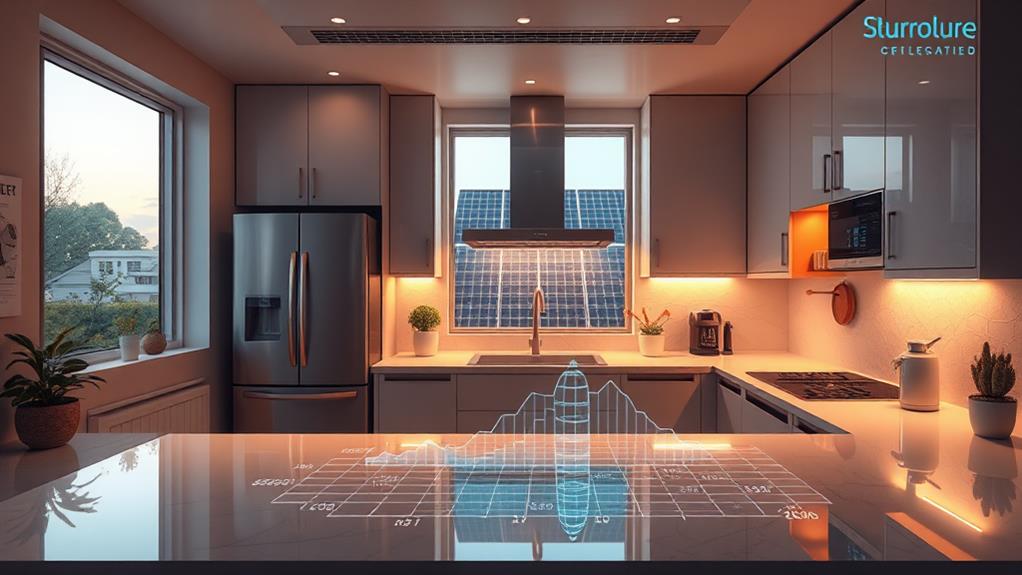
Smart home technology's energy-saving potential offers a compelling return on investment for budget-conscious homeowners. Intelligent thermostats, smart lighting systems, and automated window treatments can significantly reduce energy consumption, leading to lower utility bills over time.
For instance, smart thermostats can learn occupancy patterns and adjust temperatures accordingly, potentially saving 10-15% on heating and cooling costs annually.
LED smart bulbs consume up to 75% less energy than traditional incandescent bulbs and last much longer, reducing replacement costs. Automated blinds and curtains can help regulate indoor temperatures, minimizing the need for air conditioning or heating.
Smart power strips and energy monitoring systems allow homeowners to track and optimize their energy usage, further enhancing savings.
While the initial investment in smart home technology can be substantial, the long-term financial benefits often outweigh the costs. Homeowners typically recoup their investment within 2-5 years, depending on the specific devices installed and energy rates.
Additionally, some utility companies offer rebates or incentives for installing energy-efficient smart home devices, further improving the ROI. When budgeting for a smart home renovation, consider these potential savings to make informed decisions about which technologies to prioritize.
Future-Proofing Your Home
When considering a smart home investment, future-proofing should be a key factor in your budgeting decisions. As technology evolves rapidly, it's essential to choose systems and devices that can adapt and integrate with future innovations. Opt for platforms with open APIs and widespread compatibility to ensure longevity and expandability.
Invest in a robust, high-speed internet infrastructure as the foundation of your smart home. Consider running ethernet cables to key locations and installing a mesh Wi-Fi system to support the growing number of connected devices. Choose smart home hubs that support multiple protocols, such as Zigbee, Z-Wave, and Thread, to accommodate various devices and future standards.
Prioritize modular systems that allow for easy upgrades and replacements of individual components. This approach helps avoid the need for complete system overhauls as technology advances. Additionally, consider allocating budget for regular software updates and occasional hardware upgrades to maintain optimal performance and security.
Prioritizing Smart Home Features

Homeowners embarking on a smart home journey must carefully prioritize which features to implement based on their unique needs and budget constraints. Begin by assessing your daily routines and identifying areas where automation can significantly improve efficiency or comfort. Consider energy management systems, smart thermostats, and lighting controls as high-priority investments that can lead to long-term cost savings and enhanced living experiences.
Security features, such as smart locks and video doorbells, often rank high on homeowners' lists due to their potential to increase safety and peace of mind. For those focused on convenience, voice-controlled assistants and smart appliances may take precedence. Entertainment enthusiasts might prioritize whole-home audio systems or smart TVs with integrated streaming capabilities.
When budgeting, allocate funds to core infrastructure components like a reliable Wi-Fi network and smart home hub, which form the backbone of your connected ecosystem. Prioritize features that align with your lifestyle and offer the most immediate benefits. Remember that smart home technology can be implemented incrementally, allowing you to start with essential features and expand over time as budget allows.
Financing Options for Smart Technology
Financing options for smart home technology have expanded significantly in recent years, offering homeowners various ways to budget for their connected living spaces. Many retailers and manufacturers now provide installment plans, allowing customers to spread the cost of smart devices over several months with little to no interest. Some credit card companies offer specialized programs for technology purchases, featuring extended warranty protection and cash-back rewards on smart home products.
For larger smart home projects, home equity loans or lines of credit can be viable options, especially when incorporating smart technology into broader renovation plans. These loans often come with lower interest rates compared to personal loans or credit cards. Additionally, some utility companies offer rebates or incentives for energy-efficient smart home upgrades, such as smart thermostats or lighting systems, which can offset initial costs.
Lease-to-own programs are emerging as another alternative, particularly for comprehensive smart home systems. These arrangements allow homeowners to gradually invest in smart technology while maintaining flexibility. Crowdfunding platforms have also become a source for innovative smart home products, sometimes offering early-bird discounts to backers. Lastly, government grants or tax incentives may be available for certain smart home improvements that enhance energy efficiency or accessibility.
DIY Vs Professional Installation
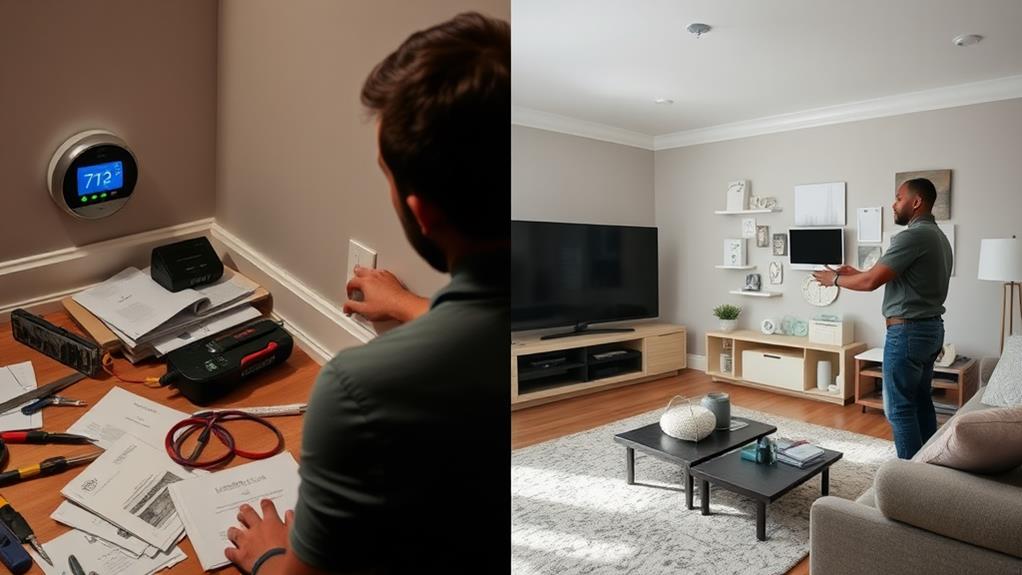
Once the financial aspects of smart home technology are addressed, the next consideration is installation. Homeowners must decide between DIY installation and professional services, each with its own cost implications and benefits.
DIY installation can significantly reduce costs, especially for tech-savvy individuals. Many smart home devices are designed for easy setup, with user-friendly apps and step-by-step guides. This approach allows for greater flexibility in timing and can be an educational experience.
However, DIY installation may lead to suboptimal performance if not done correctly, potentially resulting in future expenses for troubleshooting or reinstallation.
Professional installation, while more expensive upfront, offers expertise and efficiency. Installers can ensure proper integration of devices, optimize system performance, and provide valuable advice on device placement. This option is particularly beneficial for complex systems or when dealing with older homes that may require additional wiring or structural modifications.
Professional installation often comes with warranties and ongoing support, which can offset the initial higher cost.
Ultimately, the choice between DIY and professional installation depends on the complexity of the system, the homeowner's technical skills, and the budget allocated for the project.
Smart Home Security Considerations
Security stands at the forefront of smart home technology considerations. When integrating smart devices into your home, it's crucial to prioritize safeguarding your personal data and physical safety. Start by choosing reputable brands with strong security protocols and regular software updates. Implement robust passwords for all devices and accounts, using unique combinations for each. Enable two-factor authentication whenever possible to add an extra layer of protection.
Network security is paramount; ensure your Wi-Fi router is secure with WPA3 encryption and a strong password. Consider setting up a separate network for your smart devices to isolate them from your primary network. Regularly update firmware on all devices to patch potential vulnerabilities. Be cautious when granting access to third-party apps and services, and review permissions periodically.
For physical security, invest in smart locks, doorbell cameras, and security systems that integrate with your smart home ecosystem. These devices can provide real-time alerts and remote monitoring capabilities. However, be mindful of privacy concerns, especially with indoor cameras. Establish clear boundaries for data collection and storage, and educate all household members on safe smart home practices to maintain a secure digital environment.
Frequently Asked Questions
How Do Smart Home Technologies Affect Home Insurance Premiums?
Smart home technologies can potentially lower home insurance premiums. Devices like security systems, water leak detectors, and smoke alarms may reduce risks, leading insurers to offer discounts. However, some high-tech additions might increase premiums due to higher replacement costs.
Are There Any Health Concerns Associated With Smart Home Devices?
While most smart home devices are considered safe, some concerns exist regarding potential EMF radiation exposure and privacy risks. However, current evidence suggests minimal health impacts when devices are used as intended and security measures are implemented.
Can Smart Home Technology Increase the Resale Value of My Property?
Smart home technology can potentially increase your property's resale value. It appeals to tech-savvy buyers, offers energy efficiency, and enhances security. However, the impact varies based on market trends, local demand, and the specific technologies implemented.
How Do I Ensure Compatibility Between Different Brands of Smart Devices?
Like a symphony conductor harmonizing diverse instruments, ensure compatibility by selecting devices that support common protocols such as Zigbee, Z-Wave, or Wi-Fi. Research compatibility lists, use hub-based systems, and opt for products with open APIs for seamless integration.
What Are the Data Privacy Implications of Using Smart Home Technology?
Smart home devices collect and transmit personal data, raising privacy concerns. Users should review privacy policies, secure networks, and regularly update devices. Consider the trade-off between convenience and potential data exposure when implementing smart home technology.
Conclusion
Smart home technology integration requires careful budgeting and prioritization. By assessing needs, evaluating costs, and considering long-term benefits, homeowners can make informed decisions about which features to implement. While the initial investment may seem substantial, potential energy savings and increased property value can offset expenses. Whether opting for DIY installation or professional services, security concerns should remain paramount. As smart homes become increasingly ubiquitous, early adopters may find themselves ahead of the curve, avoiding future technological quagmires. Ultimately, a well-planned smart home renovation can enhance both comfort and efficiency.
